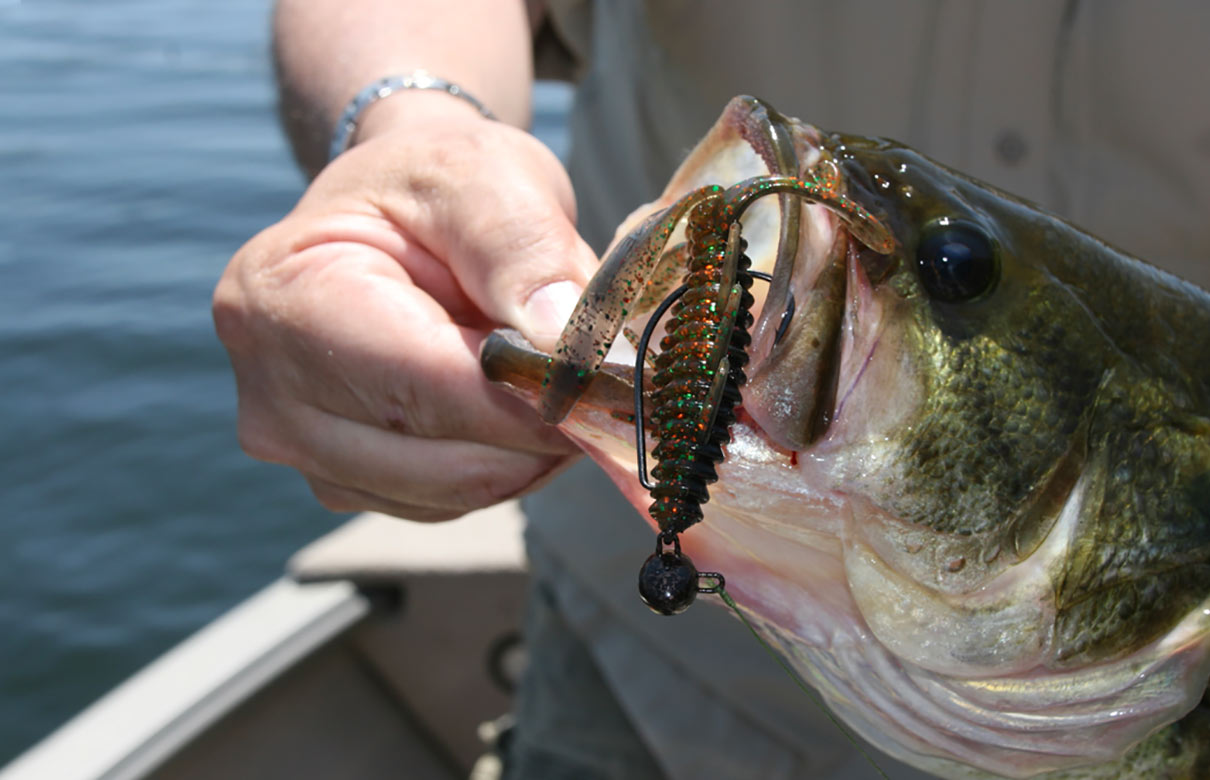5 Tips on Catching Early Season Smallmouth Bass
By: Dan Armitage
 Jigs are effective lures for river anglers early in the season. As with twitchbaits, sometimes long pauses trigger strikes. (Photo courtesy of GameandFishMag.com)
Jigs are effective lures for river anglers early in the season. As with twitchbaits, sometimes long pauses trigger strikes. (Photo courtesy of GameandFishMag.com)
The differences between smallmouth and largemouth bass extend beyond the size of their maws and what they prefer to put in them. Those disparities are never more apparent than in the bass’ pre-spawn behavior, and they must be recognized if you expect to fool early season bronzebacks on a regular basis.
One of the biggest differences between the two species, and why smallmouth bass frustrate so many early season anglers, is the depth of water they frequent this time of year. While their bigger-mouthed brethren head shallow and cozy up to banks, docks and walls with warming waters in preparation for the spawn, smallmouths prefer to stay deep, often in 5 to 15 feet of water. Both bass species move out to deeper water when a cold front moves in, but bronzebacks are more likely to suspend in the water column, rather than directly relate to bottom structure, as they await the arrival of warmer conditions and the move toward relatively shallower water.
Because the staging smallies can’t be seen, unlike their shallow-holding largemouth cousins, their presence goes unknown to all but those avid bronzeback anglers who monitor their electronics to locate the oft-suspending fish.
Veteran spring smallmouth anglers seek out flats and offshore humps, search steep bluffs that drop into deep water, and check out the warming creeks and backwater areas off the main lake until they mark concentrations of smallmouths or the offshore structure they prefer.
READ THE FULL STORY ON GAME & FISH